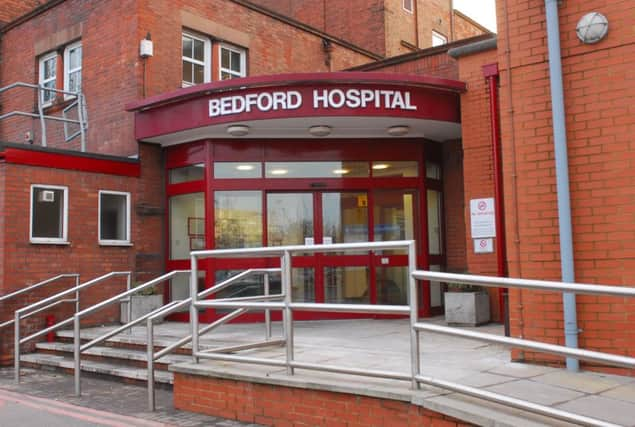Bedford Hospital pays out £28m in negligence compensation in just 5 years


Bedford Hospital has paid at least £4million medical negligence costs each financial year since 2012-13.
Out of 256 NHS trusts, Bedford Hospital was rated 101st-highest for the amount of money spent.
Advertisement
Advertisement
The figure for total medical negligence costs include damages paid, solicitors’ costs and court costs.
Elsewhere in the country the amount of money spent varied from £123,000,000 by Barts Health NHS Trust in London – the equivalent of nearly £25million a year, or just over £67,433 a day, to less than £100,000 by other trusts.
Bedford’s hospital’s total figure of £27,922,386.22 is equal to around £100 for every person served by the trust.
A Bedford Hospital spokesman said: “Bedford Hospital NHS Trust, along with all other trusts in England, is a member of the Clinical Negligence Scheme for Trusts (CNST) handled by NHSR (National Health Service Resolution) formerly known as the National Health Service Litigation Authority (NHSLA).
Advertisement
Advertisement
“CNST handles all clinical negligence claims against member NHS bodies where the incident in question took place. When a claim is made against a member of CNST, although the NHS body remains the legal defendant, the NHSLA takes over full responsibility for handling the claim and meeting the associated costs.
“The trust ensures that it learns lessons from each incident and relevant action plans are implemented accordingly to help improve patient care and experience.”
A spokesman for the Department of Health said: “Our relentless drive to improve patient safety, including an ambition to halve the rates of neonatal deaths, stillbirths, maternal deaths and brain injuries caused during or shortly after labour by 2025, will help to reduce traumatic and costly safety failings in the NHS and ensure better protection for patients.”